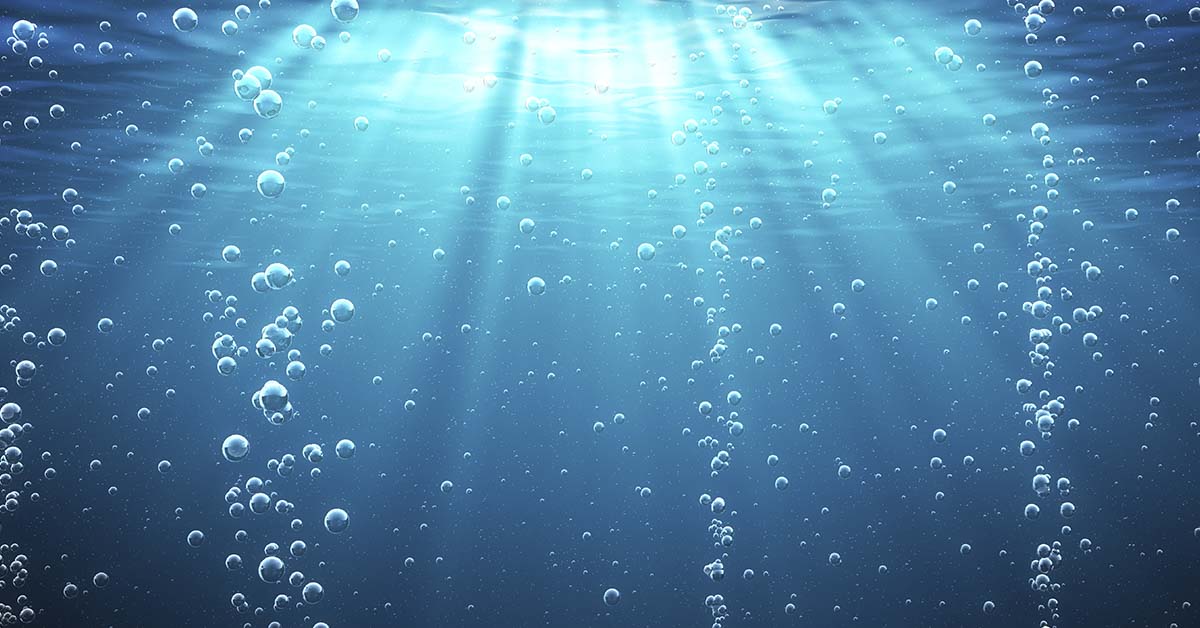On May 2, 2016, fisherman Cy Williams managed to film a humpback whale emerging next to a dock, its huge mouth open. Onlookers are shocked to see the creature hunt so close to shore. It had swum beneath docks and tied boats at the Knudson Cove Marina in Ketchikan, Alaska. The whale was so close the video captured the details of the barnacles on the mammal’s massive chin. “It was breathtaking,” Williams said. “I genuinely thought it was going to hit the boat or the dock as it was so big.” [1]
A Whale So Close to Shore
Even experts are shocked by this close encounter, although whale sightings tend to occur around Alaska. “It’s surprising to see the animal so close to the docks,” says Leigh Torres, a marine ecologist, professor at Oregon State University, and National Geographic explorer. “But humpback whale populations are really expanding, so maybe they are looking for new areas to find prey, or trying to avoid competition from other whales.” Marinas can be dangerous for large species, but they are common habitats and hiding places for small fish.

However, this location is not the only notable detail in this video. Torres explains that the humpback whale fed by using the common bubble net technique despite the confined space. These whales primarily eat small fish like krill; because of their enormous sizes, they like to consume a lot at once. So they blow a ring of bubbles around a school of krill to draw them together and herd them toward the surface. Then, the whales lunge upward, gobbling as many fish as possible. Humpbacks hunt alone and in groups and sometimes use vocalizations to confuse their prey.

They appear all over the world, but they usually feed in polar areas, like Alaska, in the summer. During the winter, they migrate and breed in tropical or subtropical waters. “Feeding occurs almost exclusively during the summer months,” says the Alaska Department of Fish and Game, adding that the animal rarely feeds while migrating during the winter. “Each humpback whale eats up to 1.5 tons of food per day that consists mainly of euphausiids (krill), and various small schooling fishes.” [2]
“Every time I see a whale I’m in awe, but being this close was something special,” Williams says. Torres agrees, but warns people not to get too close. “Stay out of their way, let them continue feeding, and just enjoy it.”
Read: World’s first aerial footage of killer whales hunting and killing great white sharks is nature at its scariest

More about Humpback Whales
Humpback whales were one of the first species protected under the Endangered Species Conservation Act in 1970 before going under the Endangered Species Act (ESA) in 1973. They are also protected under the Marine Mammal Protection Act. Fortunately, these conservation efforts have borne fruit. The population has risen from an all-time low of 10,000 to its current count of almost 80,000. [3] Although they are no longer listed as endangered, current threats to the species include illegal hunting, ship strikes, fishing gear entanglement, and plastic pollution since research shows that whales are likely to ingest large amounts of microplastics. Despite their increasing numbers, humpback whales still need protection so they can continue to thrive.

This conserved species lives in oceans across the globe. They have one of the longest migrations of any mammals in the world, swimming incredible distances every year to hunt and breed. They get their name from the unique humps on their backs but also sport black skin with white spreading onto their bellies, tails, and fins, creating patterns unique to each whale. Humpbacks are popular among whale watchers since they tend to jump through the surface and splash water with their fins and tails.
They are also known for their songs, which include noises like howls and cries. They can vocalize for hours, and researchers are unsure of the exact function of these sounds, but they likely use songs to communicate and attract mates. The reason behind the leaping is also unknown. However, scientists believe humpback whales may propel themselves out of the water to potentially feed, remove pests from their skin, or for the fun of it. [4]
Keep Reading: Pod of almost 100 whales gathered in a heart shape before tragedy struck
Sources
- “Watch the Surprising Moment a Humpback Whale Feeds Near Shore.” National Geographic. Brian Clark Howard. May 6, 2016
- “Humpback Whale’s Dramatic Entrance Captured on Video.” ABC News. Patrick Clarke. May 4, 2016
- “Mammals: Humpback Whale”. Endangered Species Coalition.
- “Animals: Humpback Whale.” National Geographic.

